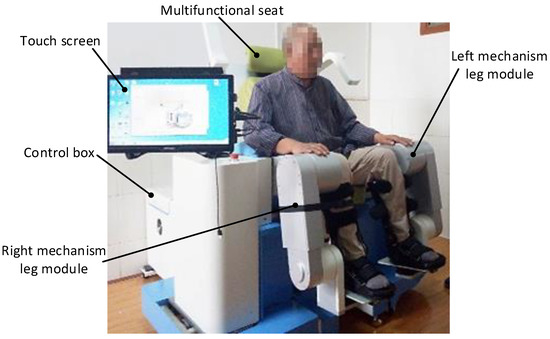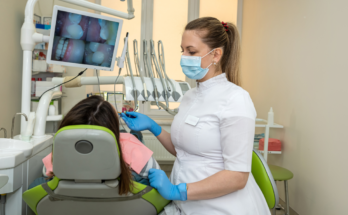
In medical education, simulation plays a pivotal role in bridging the gap between theory and clinical practice. A multi-condition leg model offers healthcare students and professionals a versatile, hands-on training tool to practice assessment, diagnosis, and treatment techniques in a safe, controlled environment. This model replicates multiple lower-limb conditions, providing a realistic platform for structured learning.
By implementing clear training protocols, instructors can guide learners from passive observation to confident, independent application of skills.
Why Multi-Condition Leg Models Are Essential
The multi-condition leg model is designed to simulate various pathologies, such as:
- Arterial insufficiency
- Venous insufficiency
- Diabetic ulcers
- Pressure sores
- Skin lesions and inflammation
This variety allows students to identify and differentiate between conditions without the risks associated with training on real patients.
Step-by-Step Training Protocols
1. Orientation and Observation
Before engaging in hands-on practice, learners should begin with structured observation:
· Model Overview
Identify and label the different simulated conditions.
· Visual Assessment Skills
Observe colour changes, swelling, skin texture, and lesion types.
· Palpation Practice
Learn to assess pulses, temperature, and tissue consistency without causing discomfort.
· Goal:
Build familiarity with the model’s features and the visual/tactile cues for each condition.
2. Guided Demonstration
Once learners understand the model’s capabilities, instructors can demonstrate clinical techniques:
· Assessment Techniques
Use tools like Doppler devices or monofilaments where applicable.
· Differential Diagnosis
Highlight differences between similar presentations, e.g., arterial vs. venous ulcers.
· Documentation
Show how to record findings in patient charts for accuracy and continuity of care.
· Goal:
Translate observational knowledge into actionable steps through guided practice.
3. Supervised Application
In this stage, learners perform the procedures themselves under instructor supervision:
· Physical Examination
Conduct full assessments, including inspection, palpation, and functional testing.
· Patient Interaction Skills
Practice explaining findings and care plans professionally.
· Treatment Simulation
Apply dressings, bandages, or mock medications where appropriate.
· Goal:
Build confidence while receiving real-time feedback on technique and communication.
4. Independent Practice
With foundational skills in place, students can move toward independent application:
· Case-Based Scenarios
Work through simulated patient cases using the leg model.
· Time Management
Complete assessments and treatments within realistic time frames.
· Critical Thinking
Decide on the best intervention based on observed symptoms and simulated test results.
· Goal:
Encourage autonomy and clinical reasoning in a safe, controlled environment.
5. Evaluation and Feedback
Assessment is a vital part of the protocol to ensure skill mastery:
· Skill Checklists
Use objective measures to evaluate technique and thoroughness.
· Peer Review
Allow students to observe and provide constructive feedback to each other.
· Instructor Feedback
Offer targeted advice to improve accuracy, efficiency, and bedside manner.
· Goal
Solidify strengths and address areas needing improvement.
Conclusion
Training with a multi-condition leg model transforms the learning process from passive observation to active, confident application. By following a structured protocol—beginning with orientation and observation, moving through guided demonstration and supervised practice, and culminating in independent application—learners can master both technical and interpersonal skills essential for effective patient care.
This method not only improves clinical competence but also prepares healthcare professionals to deliver safe, accurate, and compassionate treatment in real-life settings.


